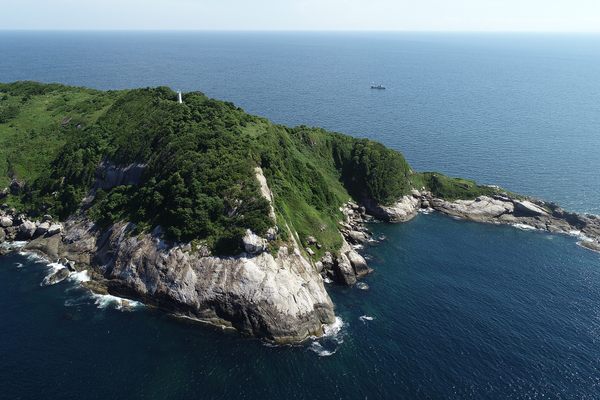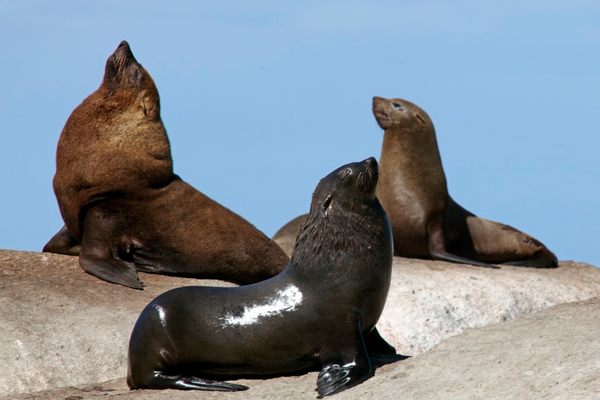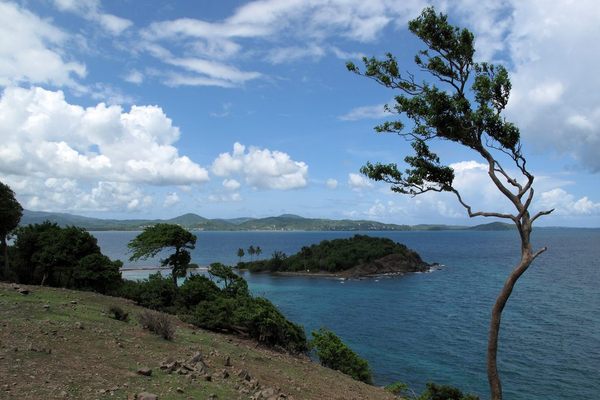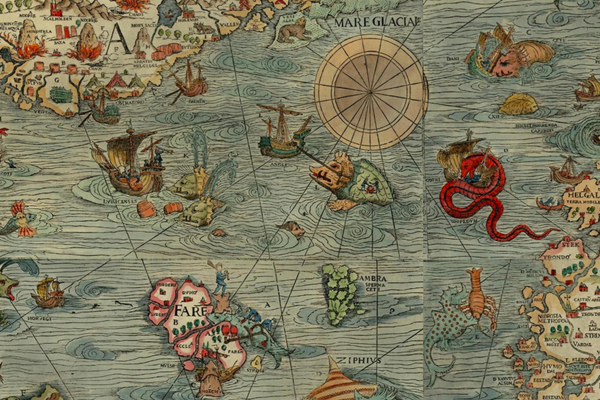Animal Islands: Seven Islands Ruled by Creatures Great and Small
photograph by Christopher Dorobek
Not all of the Earth’s land is ruled by humans. Here are seven islands around the world where pigs, cats, horses, seals, snakes, rabbits, and other animals rule.
PIG ISLAND
Big Major Cay, Bahamas
photograph by Christopher Dorobek
An uninhabited island in the Exuma area of the Bahamas has a population of very special pigs. These beach hogs are believed to have been either left by sailors who planned to return to eat them, or survived a shipwreck. Either way, they’ve learned how to survive and thrive by swimming to passing ships where they often find cast-off food or offerings from tourists. Just be wary of getting too close to Pig Island as they are definitely not shy about hopping into your boat to forage for grub.
photograph by Norm Lanier
photograph by Christopher Dorobek
CAT ISLAND
Tashirojima, Japan
photograph by z rahen
Cats on the Japanese island of Tashirojima outnumber the people, whose population has diminished from about 1,000 to now just around 100, while the number of cats has steadily grown. They’re believed to be good luck and are well cared for, especially by the tourists who come to the island to appreciate the fine felines and even stay in cat-shaped buildings.
photograph by z rahen
photograph by Kazutaka Sawa
photograph by Kazutaka Sawa
RABBIT ISLAND
Ōkunoshima, Japan
photograph by Paul and Joy/Flickr users
On the Japanese island of Ōkunoshima, cats are definitely not welcome. Known now as Rabbit Island, it was home to a Geneva Protocol-disregarding poison gas factory during World War II. While rabbits were known to be used for testing in the factory, it’s of some debate whether the swarms of bunnies that hop around the factory ruins now were let loose after the factory closed, or released later to draw people into the somewhat ominous park. The rabbits are protected from hunting, as well as cats and dogs.
photograph by Paul and Joy/Flickr users
photograph by NY066/Wikimedia
photograph by Paul and Joy/Flickr users
photograph by Paul and Joy/Flickr users
photograph by Paul and Joy/Flickr users
ASSATEAGUE ISLAND
Maryland, United States
photograph by John Riviello
Uninhabited Assateague Island is 37 miles long and split between Maryland and Virginia, but the real owners are the wild ponies that roam the beaches. One story states that they survived a shipwreck, and that the remains of the Spanish galleon might even be hidden beneath the sands. Only a small fence divides the island, but the approach of the two states to the ponies is very different. Each year, Chincoteague, Virginia, rounds up their half of the ponies and has them swim across the water, where those who bid on them can decide to own a wild pony or have them returned to the island. Maryland leaves the ponies to their wildness.
photograph by John Riviello
photograph by Phil Romans
photograph by Cody Williams
SEAL ISLAND
False Bay, South Africa
via Wikimedia
More a cropping of rocks than an island, Seal Island off the coast of Cape Town is covered with Cape Fur Seals. The island has no vegetation, and the only attempt humans have made for a permanent structure was a radar in World War II that was quickly wrecked by the elements, leaving just the shards of metal twisted on the island. For most of the year now, the island is a haven for the seals, but then the Great White Sharks arrive and circle in what’s known as the Ring of Death. Any seal that ventures out too far finds the jaws of a shark tossing it to the skies and then pushing it forever under.
photograph by Paolo/Flickr user
photograph by madlemurs/Flickr user
photograph by Damien du Toit
MONKEY ISLAND
Cayo Santiago, Puerto Rico
photograph by Alex Holcombe
Around 950 Rhesus monkeys inhabit Cayo Santiago in Puerto Rico, having spawned from those originally brought to the island in 1938 from India for scientific testing. The island is still a research base for a few institutions, but non-scientists can only view the wild wandering monkeys from the water.
via Atlas Obscura
Cayo Santiago (photograph by schizoform/Flickr user)
SNAKE ISLAND
Ilha de Queimada Grande, Brazil
Golden Lancehead Viper (via Atlas Obscura)
Ilha de Queimada Grande is better known as Snake Island for the incredible number of pit vipers that inhabit its 110 acres off the coast of Brazil. But these are not just any snakes, as each and every one is a Golden Lancehead Viper, one of the most deadly venomous snakes in the world. The number of snakes is estimated to be somewhere between one and five per square meter, and while they mainly snatch migratory birds, any human that would step foot on the shore would soon find a fatal encounter with a serpent only three feet away at all times.
Ilha da Queimada Grande (via Wikimedia)
PIG ISLAND, Big Major Cay, Bahamas
CAT ISLAND, Tashirojima, Japan
RABBIT ISLAND, Ōkunoshima, Japan
ASSATEAGUE ISLAND, Maryland, United States
SEAL ISLAND, False Bay, South Africa
MONKEY ISLAND, Cayo Santiago, Puerto Rico
SNAKE ISLAND, Ilha de Queimada Grande, Brazil



















Follow us on Twitter to get the latest on the world's hidden wonders.
Like us on Facebook to get the latest on the world's hidden wonders.
Follow us on Twitter Like us on Facebook